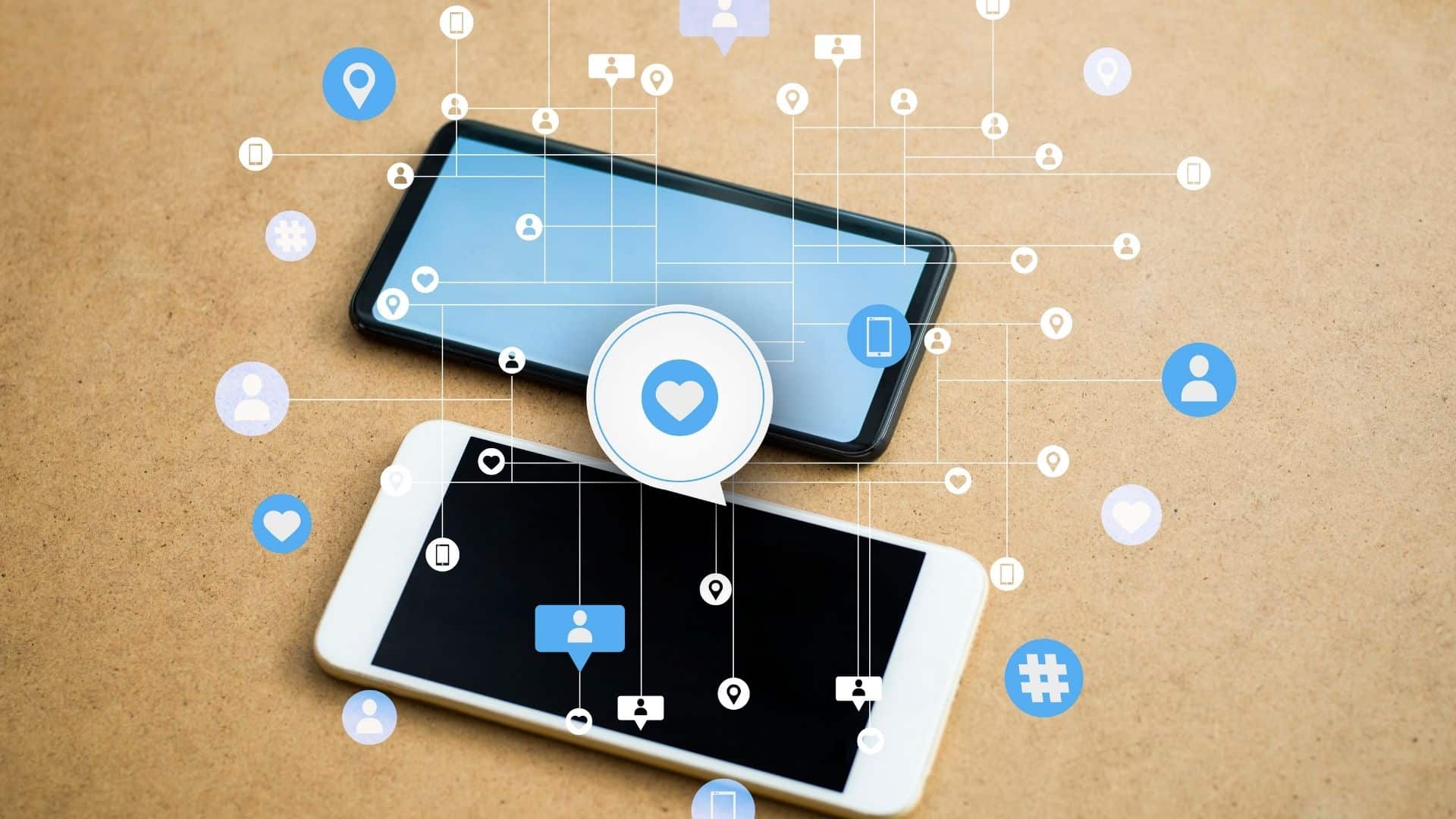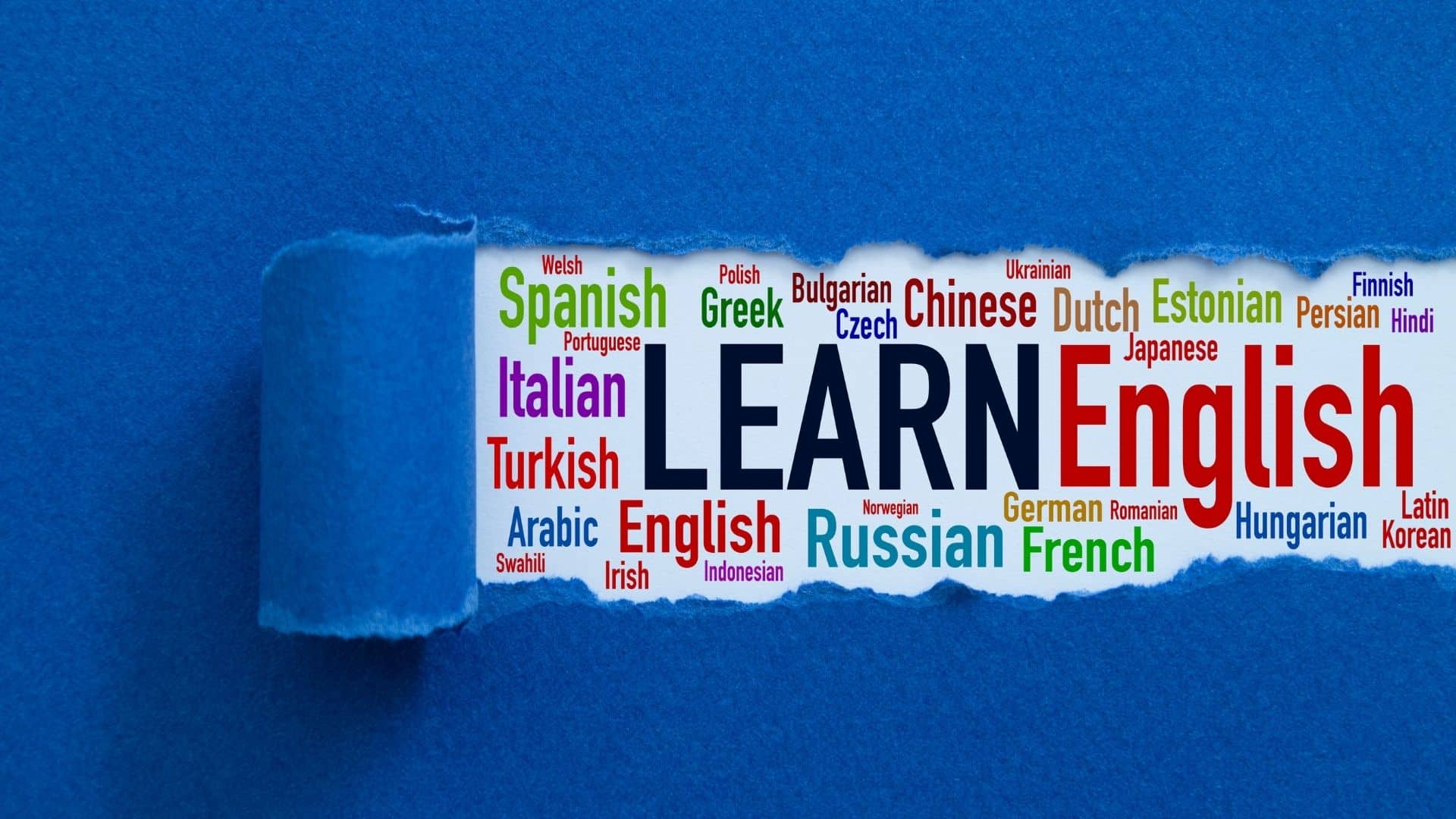Did you know that LinkedIn, the social network platform, has been around longer than Facebook, Twitter, Snapchat and Instagram? However, now, it has become more important than ever.
LinkedIn is the biggest professional social network platform with 660+ million users located in 200+ countries and regions worldwide. It is a digital source for us, obtaining a lot of interfaces that can serve individuals and corporations.
So, how do we, individual users, benefit from LinkedIn? How should we use LinkedIn? Why is LinkedIn important?
LinkedIn is the only social platform on which an individual can represent herself/himself in the most professional way. There is no character limit or private information field limit like other social platforms. This platform, where you need a profile organized professionally, instead of eye-catching images, offers you opportunities to look for a job, find a job, contacting people and share posts about the topics you are competent in.
There are fields to display your past work experiences, educational background, the non-governmental organizations and associations that you are a member of and your talents. Also, there is a field where you can upload a profile photo, preferably with a bright background, and images with a proper background. After filling in these fields, there are two questions that LinkedIn asks you.
1. Who are you?
2. Can you tell us about yourself?
The answer to the first question actually is a line, which is called a tagline – i.e. the title in LinkedIn located right under your profile photo. The things you write here appear, especially the first part, even if people do not view your profile. When people view your profile, they see it first. So, this is like a period of three minutes to leave an impression on someone when you meet her/him face to face for the first time, and this is just an adaption of this situation to a platform. Use these lines wisely and tell people about yourself.
The answer to the second question is related to the space titled “Summary” allocated by LinkedIn. In which sectors, positions have you worked and how many years of experience do you have? Which skills do you trust most? Where did you graduate from? What makes you excited? Here, you need to write a summary after thinking about all this.
When filling in other fields, try to mention yourself and the work you did. Remember that these fields exist to allow you to describe yourself. Just look at how many common features both LinkedIn and a CV have! But, the biggest difference is you can share your information and show yourself to the people who wouldn’t see your CV normally. The point that counts is right here, one of the most important words in today’s world, which is NETWORKING.
You need to add networks from your contacts when you create a LinkedIn profile. These contacts may be your colleagues and friends at first. You can add all of your colleagues, subordinates and superiors, who were from the jobs that you were involved in previously. Now, don’t forget to add all your colleagues that you are working with currently! Then, think about the people that you want to follow and be connected with and determine them. Later, send an invitation to adding them to your network. Remember, they will view you. Our main point here will be how our individual brand looks and how well we express ourselves. You can write a small message about why you want to add them when you send an invitation request to people that you are not in touch with and you do not know. For example, you can write “I follow you and your professional life fondly and I want to be informed about the updates you share” or “I attended the seminar you gave at our school and I want to be informed about your future activities”.
What can we get while using LinkedIn as a lecturer or Executive Assistant? Firstly, we can write articles and share posts both for the correct representation of our occupation and for more people to be informed about these occupations. These articles and posts will be viewed by your entire professional community. They will be liked and shared. Thew will appear on the timelines of people that you are not connected with. You can touch someone’s heart or you can even get a job offer thanks to this post when you least expect it. Actually, why don’t we share this when there are so many things we know professionally? Doesn’t knowledge multiply when shared, just as happiness does? LinkedIn is an important platform that takes you by the hand and allows you to share your own expertise, knowledge and sincerity in a completely professional environment and for professional purposes. Take LinkedIn by the hand, too! Review the various jobs under the job title, look at people recommended to you under the contact header, add people you want to connect with and start professional network development.
If you want to have a professional and optimized LinkedIn profile or receive training for Linkedin usage, we’d recommend contacting the company “Suit Your Job”. You can reach out to them via linkedin@suityourjob.com or of course, linkedin.com.









